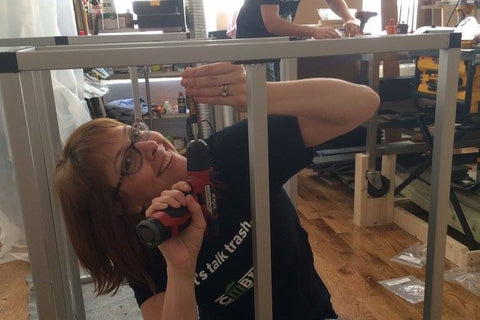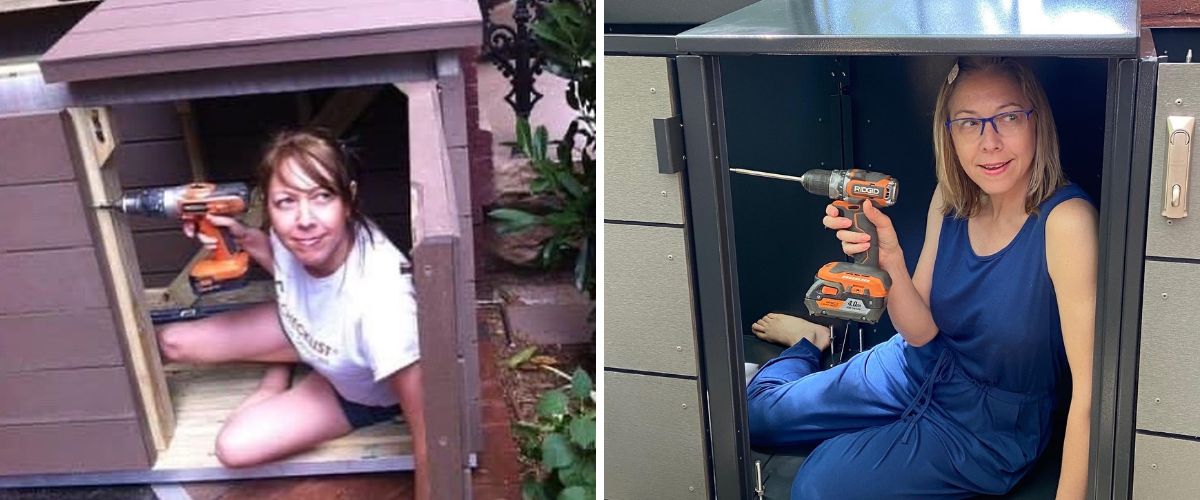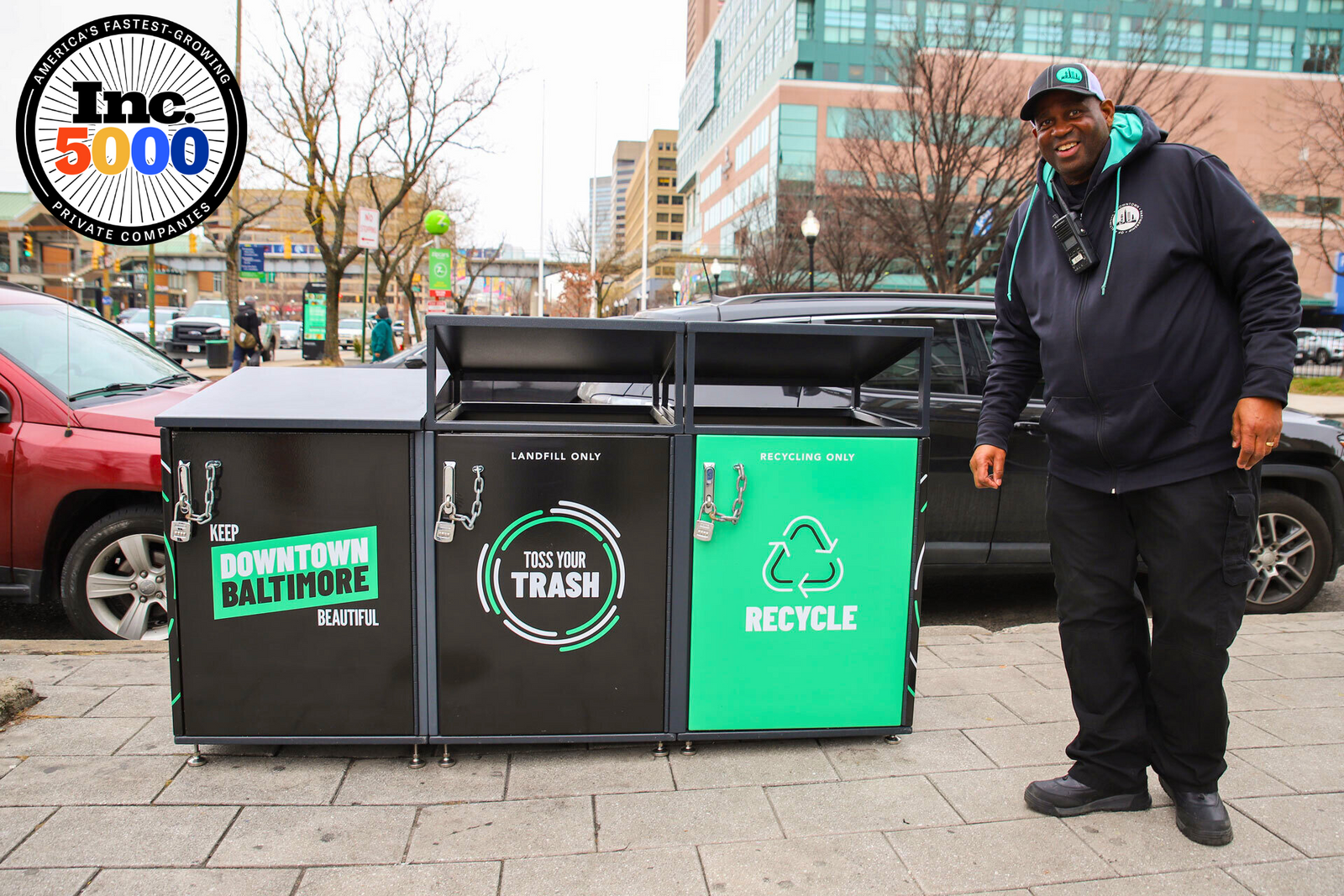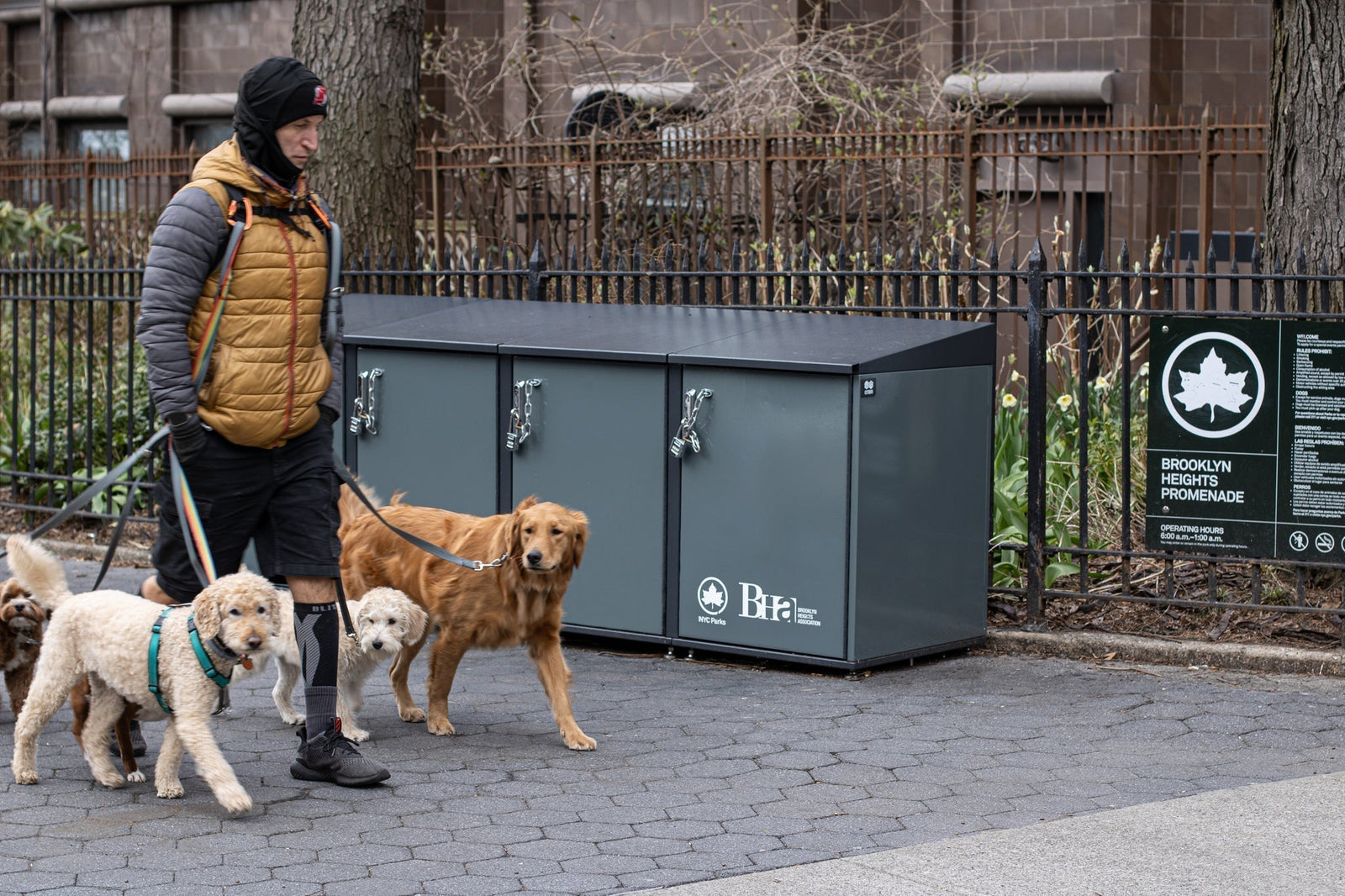As that old saying goes, the best way to get to Carnegie Hall is practice. It's the same for becoming a fixture of Times Square. In just a decade, CITIBIN has evolved from an idea, to a backyard prototype, to getting on Andy Cohen's radar, to a key part of the beautification of New York City's vibrant central entertainment district. On the 10th anniversary of CITIBIN's founding, CITIBIN founder Liz Picarazzi looked back on how the product came to be, how it landed in the nexus of New York City (including years of careful development,constructive mistakes, andinnovative customer suggestions), and what's next on the horizon. How do you get to Times Square? It's not just a great idea—it takes innovation, dedication, and occasionally a Pinterest board.

Liz, did you have a lightbulb moment where you got the idea to make CITIBIN happen? Was it one particular moment, or did it come to you gradually?
There actually was an original lightbulb moment: When I had my daughter, Lydia, in 2006, I was home on maternity leave. I walked around with her in the stroller a lot. I was walking around the neighborhood, looking at things in a different way. My mom—who's from Wisconsin, as am I—came to visit, and she pointed out that in front of brownstones, one, there's no green space, and two, there are trash cans everywhere. She said, "It seems like someone needs to do something about that." I agreed with her. Once in a while, my mother has reminded me about that lightbulb moment. Next thing you know, I'm photographing trash enclosures all over the place.
How soon did you start your Pinterest board,"Trash Enclosures in the Wild," after that conversation?
It was about two or three years later, in 2009. I posted photos of trash enclosures that were good, or ones that I wanted to learn something from. That was the moment I recognized, "I'm a New Yorker now." And this is something that New Yorkers just get used to. They don't even look at it like, "Wow, this is trash in front of my house." But when my mom came to visit, I realized, "Wow, this is strange. Why is this acceptable? And what could solve it?" That's how CITIBIN came about.
Ultimately, I had hundreds of Pinterest pins up, to the point where like my eyes would see, "There's rust there; that screw's not aligned; that's warping; why would anyone to have a Rubbermaid or cedar shed?" (What can Go Wrong With a Trash Enclosure) And I saw those that looked beautiful when they were new – such as ipe – but deteriorated over time. I realized that even when something looked really good from the beginning, it wasn't going to be durable, and that what I built needed to be durable.

What is it about you that led to your trash enclosure addiction?
I'm not officially a designer, but I think about unmet needs, or novel problems that need solutions. Even though I'm not a designer, I have opinions. When I have a preoccupation, watch out!
The first people you told about your idea for CITIBIN—what was their reaction?
The first was Frank, my husband, because I originally had a handyman business. He was worried that I would be distracted from the original business. I was very insistent, and he came around once he realized how complementary those businesses were. I ended up really liking CIBITIN more, and that's why I got out of the handyman business. I liked getting away from service and turning to product. There were some slight naysayers, partly because I'm not a designer. But does it not mean that I can hire someone to execute my vision? That's what software designers do. That's what anyone does. It held me back a bit, but I ultimately believed I didn't need to go to design school to have an opinion about something design hasn't solved for yet!
How did the prototype for CITIBINs come to be? How did you take it from the idea that inspired a Pinterest board to an actual design?
The first CITIBIN prototype was a complete hack built in my backyard. It was made out of two-by-fours and plywood. In software, they call it proof of concept—this idea is good enough to be sold, but it's not ready for prime time. We were all custom-made originally, until 2017, when we converted to mass production and a kit approach, where everything is modular and the same size. That was huge for the business, because it allowed us to scale faster, to narrow down customer requests and go nationwide.

Was it immediately apparent that CITIBIN was going to work?
In December of 2015 we were on the front page of the real estate section of theNew York Times.That was really big; a ton of people got onto our email list and we got a lot of purchases from it. However, it really was not as muchof rush as I thought it was going to be. Part of the reason is that it's a big purchase. Someone is not going to spontaneously decide they need a trash enclosure because they read an article. When we started going to trade shows, we got so much return on that investment. We met property managers of multi-family homes that were desperate for help with trash and rat issues. That was our first big B2B segment and remains our biggest.
How has the business evolved at this point?
We currently have eight employees. We doubled business last year, and we're expecting to at least double it this year. During the pandemic, people invested more in outdoor living. One thing that has been huge in our evolution is that I have really worked hard to establish us as not just a trash enclosure company. We are a premium outdoor brand—the California Closets of outdoor storage. That includes package delivery lockers, bike and stroller parking, deck boxes, and planters.

CITIBINs are now right in the center of the biggest city in the world—Times Square in New York City. How did that come about?
New York City's sanitation department launched this really awesome program called Clean Curbs in February of 2020. I took note of it—the mission was to get residential and commercial trash off of New York sidewalks. I thought, this has our name written all over it. The pandemic happened, the program was paused, and we started marketing to business improvement districts. The first was Brooklyn Heights. So we were asked to provide bids for trash enclosures for Clean Curbs, and we are now in Times Square. The program has been really big, and the mayor has pledged to have our enclosures in all five boroughs. There's no more highly visible place on the planet where you can have your product than in Times Square. We're really delighted, because we've been working for this for a really long time. We've been thinking about every screw, every board, every piece of hardware, every grade of aluminum, every bend and soldering spot, every hydraulic arm, for years. We've gone through a lot of testing, and our customers love the product.

What's next for CITIBIN?
Launching a municipal line! SHOP CITIBIN


